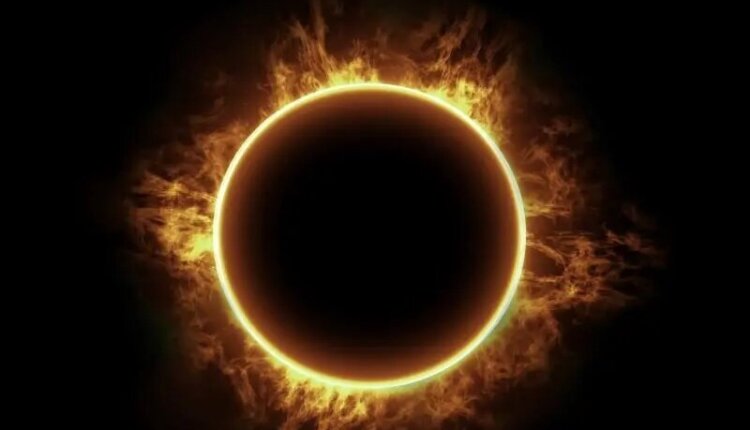Solar eclipse affect photovoltaic, The integration of photovoltaics into the power grid requires ever better forecasts, especially with increasing capacities, because smooth grid operation cannot accept avoidable errors.
Rare meteorological extreme events still pose special challenges. In addition to volcanic ash and Sahara dust, a solar eclipse requires the special attention of grid operators, electricity traders and forecast service providers in relation to photovoltaics.
At the Fraunhofer Institute for Energy Economics and Energy System Technology IEE, a solution has now been developed to combine the degree of cloud cover in a location- and time-specific manner with established weather forecast models.
How Solar eclipse affect photovoltaic feed-in fall?
The next partial solar eclipse in Central Europe and other countries will be observable on October 25, 2022 and will significantly reduce the solar power feed-in from photovoltaic systems.
Weather forecasts do not routinely include such rare extreme events.
Therefore, experts from Fraunhofer IEE have developed and validated a flexible solution.
They want to be able to combine the degree of coverage specifically for the location and time with all the important weather forecasts. In this way, the aim is to optimally adapt the regional and local PV feed-in forecasts in the future and reduce errors.
The prior estimation of a solar eclipse must be possible purely on the basis of previously known data. Even with a persistence forecast (clear sky index) one can easily continue the daily cycle of global radiation or photovoltaic feed-in beyond a solar eclipse.
The effect of the solar eclipse can be slower and smaller than the influence of changing cloud cover, but in any case it plays a significant role in the result. Volatile self-consumption also has a massive impact on the feed-in profile of PV systems. This must therefore be treated and forecast separately.
Validation of the photovoltaic feed-in forecast with data from the solar eclipse of 2021
The validation of the results with data from the past solar eclipse of June 10, 2021 was carried out in two steps. Through ground-based measurement of global radiation based on data from the German weather service DWD and feed-in measurements from thousands of PV solar parks, which are used for extrapolation and forecasting processes at Amprion GmbH.

Weather forecasts and performance forecasts from Fraunhofer IEE already contain the new simulation feature. The solution is also available as an algorithm or ready-to-use software module for user integration. This avoids errors and optimally supports marketing and network operation.
Solar eclipse affect photovoltaic in October 2022 with heavy coverage
The solar eclipse on October 25, 2022 will be about twice as strong with about 25% coverage as the solar eclipse on June 10, 2021 with about 13%. Concrete weather forecasts a few days beforehand will provide information about how heavy the clouds will be and thus ultimately the effect of the solar eclipse.
The analog technique is a complex way of making a forecast, requiring the forecaster to remember a previous weather event that is expected to be mimicked by an upcoming event. What makes it a difficult technique to use is that there is rarely a perfect analog for an event in the future.
In summary, the study results are promising and allow the application to individual weather forecasts. Data from every further solar eclipse and other optimizations will further improve the methodology and make energy systems worldwide more resilient to such extreme events, which are locally but not globally rare.
The results of simulating solar eclipses for use in PV feed-in forecasts will be part of an expert web session at Fraunhofer IEE in October.

